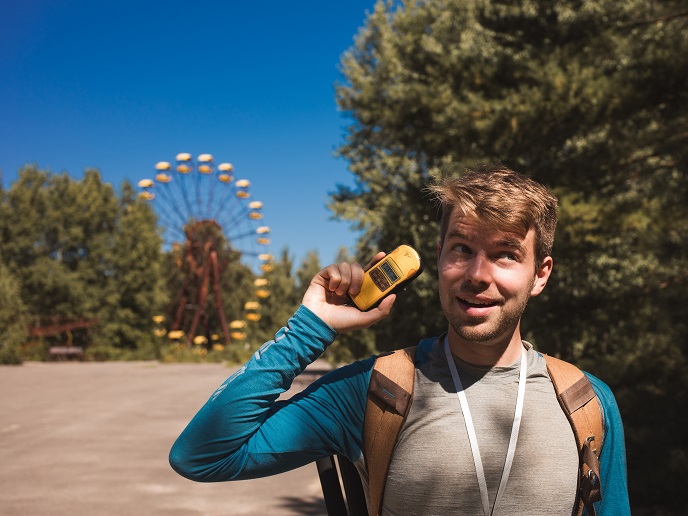What happens if I’m exposed to radioactive material?
Radioactivity – which describes the energetic disintegration of atoms – is a constant presence in our lives. There are radioactive gases in the air we breathe, and even our own bodies contain naturally occurring radioactive elements. “The reality is that your body is exposed to radiation daily,” notes Silvestre-Albero, a professor of Inorganic Chemistry at the University of Alicante(opens in new window) in Spain. “In usual doses, this is not dangerous.”
Dangers of high doses
However, lengthy exposure to radioactive material (perhaps through a course of cancer therapy) or high doses caused by a nuclear power plant accident can cause what is known as acute radiation syndrome (ARS). This happens when extensive radiation ionises molecules and breaks chemical bonds, causing malfunctions in the workings of our cells. This can also create what are known as reactive radicals, errant chemicals which damage biological molecules and disrupt physiological processes. The effects of ARS – also known as radiation sickness – can be catastrophic. Symptoms can range from a loss of appetite, fatigue and nausea to serious conditions such as seizures, coma and even cancer. The size of the dosage is what matters when assessing risk. For example, the Chernobyl nuclear power plant disaster of 1986 – which resulted in airborne radioactive contaminants being released and blown across large parts of Europe – led to numerous cases of ARS. “Even residents in Kiev were exposed to large doses of radiation,” says Silvestre-Albero.
New approaches to radiation sickness
This led Ukrainian scientists to think differently about radiation sickness. They recognised that acute radiation gave rise to molecules in the body that caused cancers and other illnesses. Addressing these, they thought, could tackle the problem. This led to the NanoMed project, which was funded by the Marie Skłodowska-Curie Actions(opens in new window) programme and managed by Silvestre-Albero. “The idea, very much pioneered by our Ukrainian partners in the project, was to find a way of filtering blood using a biocompatible material,” he adds. The project used activated carbon and pectin – extracted from biomass such as coconut shells and white cabbage – in the form of a tablet, to absorb and remove toxic heavy metals and radicals from the bloodstream. “The idea is that the carbon ‘traps’ these toxins in your body before they can cause damage,” explains Silvestre-Albero. The Russian invasion of Ukraine unfortunately halted the progress made in the NanoMed project. Nonetheless, Silvestre-Albero is still in touch with his Ukrainian colleagues – many of whom have had to flee the country – and is clear about where this research needs to go next. “You can’t take activated carbon tablets daily, as this will ‘trap’ positive things such as vitamins and nutrients,” he says. “So, given that we are exposed to radiation daily, the key question is this: what is the minimal radiation dose needed to produce these harmful molecules in the body? If we knew this, then we might be able to know when intervention with a tablet such as this might be useful.” Click here to find out more about Joaquin Silvestre-Albero’s research: Treating the long-term effects of acute radiation syndrome



